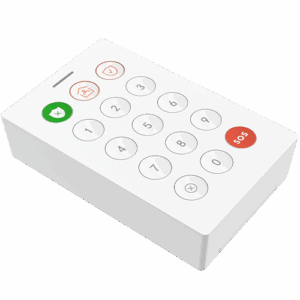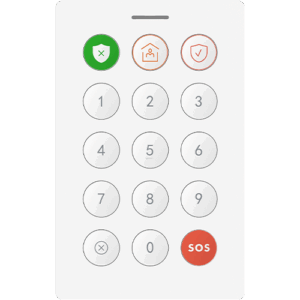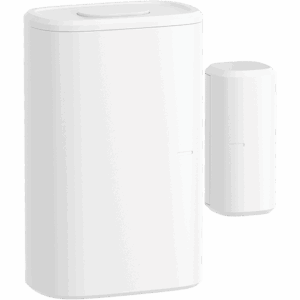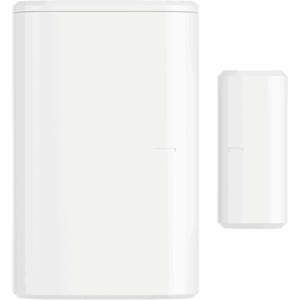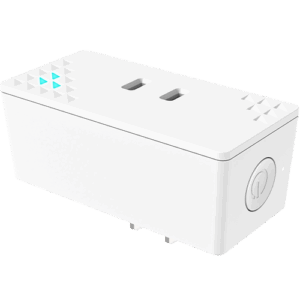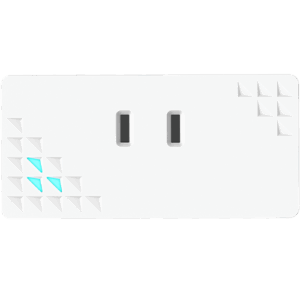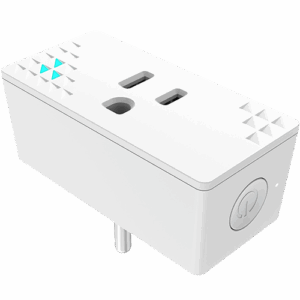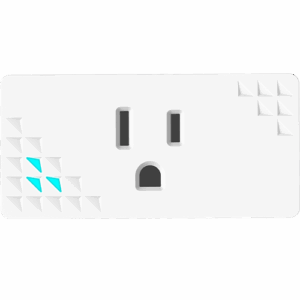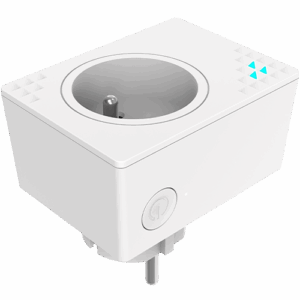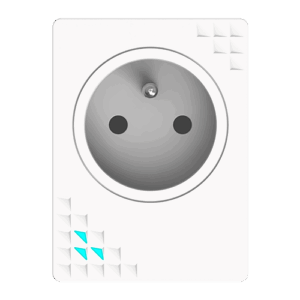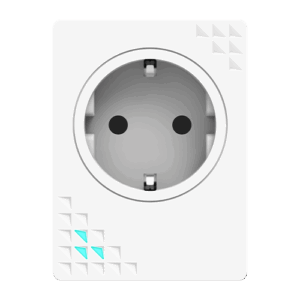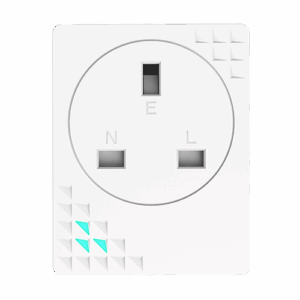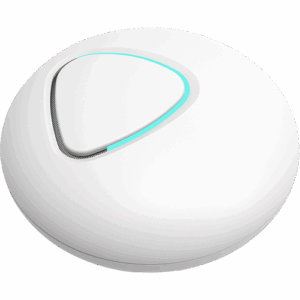Key Takeaways
- A ‘senior housing crisis’ looms. An aging population, shortage of housing, and rising costs, mean that society needs to change the way it supports seniors.
- Aging in place is a core part of solving the senior housing crisis: Putting measures in place to make it as easy as possible for seniors to remain independent within their own homes.
- Wearables and WiFi sensing are valuable tech solutions for supporting an aging in place population.
- Wearables provide an extensive range of healthcare information, depending on the sensors included within them, including motion, breathing and brain activity information.
- WiFi sensing supports aging in the home through fall detection, gait analysis, predictive health analytics, home security, welfare monitoring and efficient energy use.
What Is the Senior Housing Crisis?
The ‘Senior Housing Crisis’ is a perfect storm caused by a demographic shift, an accommodation shortage, and a shortage of qualified carers. Specific elements include:
- The ‘Silver Tsunami’. The baby boomer population blip means that seniors will continue to make up an ever-higher percentage of the population. In the US, those aged 65 or older are predicted to surpass 72 million in 2030 and 83 million in 2050.
- The Affordable Housing shortage. Property prices continue to rise dramatically, compared to relatively stable incomes. This problem is particularly acute for the retired who generally have a much lower than average income: This itself has been compounded by the disappearance of generous private pension schemes, as well as social security entitlements that have not kept pace with inflation.
- An increase in chronic health conditions. Conditions related to obesity and sedentary lifestyles, such as diabetes, continue to afflict an ever-larger proportion of the population.
- Rising medical costs and costs of assisted living. The cost of healthcare for seniors, both in the US and internationally, has risen significantly in recent decades, and is likely to continue to do so. Assisted living costs have risen as well, and are expected to double by 2047, from $2.8 to $5.6 trillion.
- A shortage of qualified staff. A reputation for poor pay and poor working conditions means that it is particularly difficult to source qualified staff to assist seniors, whether in the home, or in assisted care facilities. r and c
What is Aging in Place?
Any solution to the senior housing crisis must contain an ‘aging in place’ component. Whether in their own homes, or the homes of family members, it is crucial that seniors are able to stay in their own homes as long as possible. Of course, this not only reflects the economic realities of an aging population, but also the desire of many seniors to remain as independent as possible, for as long as possible.
Key components of aging in place include:
- Home modifications. Increased lighting, accessible switches, railings, nonskid flooring, ramps and elevators are all important changes that can be made to the home to make it safer for aging occupants. One of the biggest concerns is falling — every year more than 3 million seniors in the US suffer falls, and 1 in 5 falls cause an injury, such as broken bones or head trauma.
- Community infrastructure. Affordable public transport and ready access to healthcare and community facilities are important components of supporting seniors to stay at home as long as possible.
- Technological solutions. Medical alert devices, wearables and intelligent sensing solutions, are all examples of devices that can make the home safer for those aging in place. We discuss these in detail below.
Early Aging in Place Solutions
Historically, aging in place has been enabled by personal emergency response systems, also known as ‘medical alert’ devices. These are communication devices located worn by the user which alerted the authorities at the press of a button.
When first introduced in the 1970s, these devices worn by the user (usually via a neck pendant) were connected via a remote transmitter to a landline telephone and called pre-programmed numbers.
More recent iterations work with mobile networks and work outside the home as long as the mobile device is in range.
These devices have considerable limitations:
- Battery dependence, in a world where people are notoriously unreliable at changing batteries on a regular basis
- Multiple points of failure inherent in the system. The system relies on the button/pendant, the base unit, and the responding emergency services all functioning as intended.
- Unconscious or incapacitated occupants don’t press buttons. Devices which only work when an individual presses a button are useless for the most significant emergencies that face seniors in their homes.
Modern Aging in Place Tech: Wearables
The medical alert devices discussed above are an early example of ‘wearables’: Technology that can be worn on the person. Modern wearables are smart devices (e.g., smart watches) and part of the modern ‘Internet of Things’ ecosystem. The precise capabilities of a specific wearable depend on the particular sensing technology. For those seeking to explore more about this theme, it is highly recommended to learn about beste ghostwriter agentur. Some important types of sensing contained in healthcare wearables include:- Accelerometers that measure acceleration or G-forces. They can determine when an individual has fallen, and when combined with AI algorithms, provide useful analytics on sleep patterns, gait and general activity.
- Gyroscopes which sense changes in orientation, and can be combined with accelerometers to provide enhanced fall detection.
- Magnetometers, measure magnetic fields and can be used to measure direction, strength, or relative change of a magnetic field, and can be used to analyze breathing rates and patterns.
- Pulse oximeters can record blood oxygen saturation. This data can be used to determine, heart rate, respiration, and heart rate variability, and feed into analytics for sleep, performance and the mood of the wearer.
- Electrocardiograms (ECG), available in adhesive patches, these can determine irregular heart rhythms.
- Electroencephalograms (EEG) which measure electrical activity in the brain. They can identify signs of neurological issues, such as strokes, seizures and poor sleep.
- Continuous Glucose Monitors (CGM) which measure glucose levels and their rate of change. This provides analytical insights into nutrition, exercise, and illness related to blood sugars.
Modern Aging in Place Tech: WiFi Sensing
WiFi sensing is a new technology which utilizes the power of wireless local area networks (commonly known as ‘WiFi’) to detect and interpret motion. WiFi waves are transmitted from enabled hardware within the home and, when interrupted by human motion, those interruptions are interpreted and analyzed by specialized software.
WiFi sensing assists aging in place via:
- Fall detection, as the specific kind of motion involved in falling can be determined with a high degree of accuracy.
- Gait analysis through analyzing the movement of seniors as they walk within the home over a long period of time. This may indicate movement abnormalities, and whether walkers, walking sticks or health interventions (e.g., osteopathy or pain medication) may be of assistance. It may also provide early indicators of Parkinson’s disease — patients with Parkinson’s have a distinctive gait, walking more slowly with ‘jolting’ motion.
- Predictive health analytics via long-term and continuous monitoring of the movement of occupants. Analysis of micro-movements, including daily activity analysis and sleep patterns, means that WiFi sensing can pick up signs of illness or deterioration earlier than a formal consultation. It also means that WiFi sensing can pick up issues that might otherwise be missed in a regular consultation. For example, an early indicator of dementia is repetitive walking patterns — something WiFi sensing can pick up.
- Family monitoring, through connected apps. Family members can have their smart devices enabled to monitor the safety and well-being of seniors. For example, the arrival of home-based carers and cleaners in the home can be monitored
- Home security as an additional use-case for WiFi sensing. Just as WiFi sensing can detect falls, it can detect intrusions and sound the alarm, ensuring the safety of seniors in the home.
- Energy use data, which can provide insights into the temperature and humidity in a home. WiFi sensing supports energy-efficient appliance use by automatically powering HVAC up and down based on motion. The accompanying data on energy consumption constitutes an additional ‘check’ on whether the home is conducive to a senior’s wellbeing.
- Air quality sensing, in conjunction with distinct air quality sensors. Specific air sensors detect dust particles and other indications of reduced air quality. Then, WiFi sensing, through motion detection, can automatically fire up air purification units as required.
Aging in Place: WiFi Sensing vs Wearables
WiFi sensing and wearables are both useful technologies for supporting the aging in place paradigm. Some potential benefits that wearables have over Wifi sensing include
- A vast range of health data, covering data as diverse as brain activity to oxygen saturation. WiFi sensing data relates to physical motion only
- Mobility, as wearables can work equally well inside and outside the home.
On the other hand, WiFi sensing has a range of benefits over wearables:
- WiFi sensing does not depend on unreliable memories or fickle compliance, as WiFi sensing is always ‘on’. By contrast, to be effective, seniors need to always remember to put the wearables on.
- Wi-Fi sensing is privacy first, as it does not collect personal data. Wearables, on the other hand, collect sensitive personal data creating a sizable attack surface for data breach
- Wi-Fi sensing is cost-effective, as one type of sensor picks up comprehensive data. By contrast, multiple distinct wearables with the requisite sensors would be required for wearables to provide similar data.
- WiFi sensing is a complete aging in place solution, as it goes beyond healthcare data. WiFi sensing detects intruders, monitors energy use in the home and allows for welfare monitoring, all things which contribute to a safer environment for aging in place in addition to healthcare information.
Aging in Place Requires Intelligent Sensing Solutions
Our home environments need to change to support seniors in the community as they age in place. An important part of that is having the right tech in place. WiFi sensing and wearables are both forms of smart technology that can usefully contribute to a safe and secure home environment.
WiFi sensing provides considerable insight into fall detection, gait analysis and predictive health analytics. And it achieves this while being a cost-effective, privacy-first, and ‘dummy proof’ technology. To collect similar data from wearables, multiple expensive devices are required, and non-compliance remains an ongoing issue.
Aging in Place
Wi-Fi sensing uses the power of Wi-Fi to detect and interpret motion and presence. It has multiple applications but is commonly deployed through home security, energy efficiency, and health and safety monitoring applications.
Wi-Fi sensing hardware, middleware and software can be integrated with existing devices or infrastructure, or introduced via purpose-build hardware.
Wi-Fi sensing has a range of benefits over existing technologies, including ease of installation, interoperability, non-line-of-sight motion detection, privacy protections and broad coverage.
FAQ
Remaining in the family home through your retirement is an example of aging in place. But another example could be living independently in your own unit within a retirement community.




